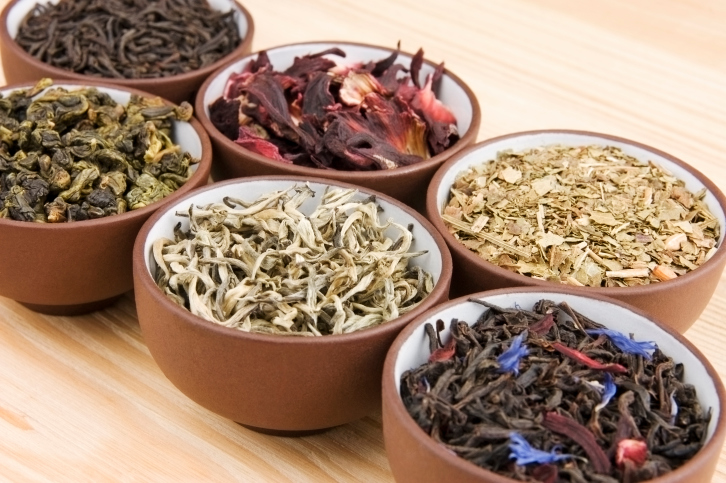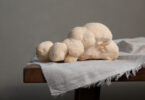As I write this with a cup of Earl Grey, I feel trendier already. But for Starbucks, tea will be more than a fad for the year. Last fall, Starbucks opened its first brick-and-mortar tea shop in Manhattan. The Tea Bar promises a “premium tea experience” complete with signature barista service and a range of unique, hot-brewed and iced teas, tea lattes and distinctive sparkling and tea fusion beverages. There is also a tea-inspired food menu, tea merchandise and the “Wall of Tea” featuring a collection of loose-leaf teas.
The Tea Bar is the aftermath of the $670 million purchase of Teavana, Starbucks’ largest acquisition to date. So will the purchase of the high-end tea company enable Starbucks to dominate the tea industry, too? We will have to see. They have a good shot with statistics showing an increase in tea drinking, according to the U.S. Department of Agriculture. But in the same breath, there has also been a decline in coffee drinking (per-person tea consumption was nine gallons in 2009, up from 7.3 gallons in 1980; per-person coffee consumption was 23.3 gallons in 2009, down from 26.7 gallons in 1980). So perhaps Starbucks is staying ahead of the industry’s trend.
Tea is the second most consumed beverage to water, according to the Tea Association of the USA. The increase in tea consumption is also a prime example of the healthy foods trend that has been consistent over the years. The American Journal of Clinical Nutrition shows that tea may be what we all need for healthy living, as it has shown to promote weight loss, prevent chronic illnesses and improve mood.
Chris Farishon, owner of Discover Teas in Williamsburg and Newport News, Va., says, “A lot of that popularity is growing from exposure to good tea in markets where there really wasn’t any before.” Farishon opened her first location in 2011 and then her second in 2012. “I wanted to create a place that people could really explore and experience the whole world of tea beyond the tea bag. I felt the lounge aspect would help tie in the community aspect; giving people the retreat that tea can be in one’s day without any of the stuffiness.”
Farishon has seen tremendous changes in the tea industry due to demand. She sources her teas from China, Sri Lanka, Taiwan, India, along with South and North Africa. “It will be interesting to see how production keeps up with demand. New tea farms are opening up around the world trying to get their stake in the game,” she says. Farishon is looking at Korea and Vietnam as viable suppliers. She’s seen how climate issues are dramatically impacting crops each year affecting production. “Smaller turn outs result in higher pricing. The other factor that is shifting quickly is the political climate which is affecting some of the top producing areas. Things are heating up as regulations are getting stiffer and as private growers are staying true to tradition.”


